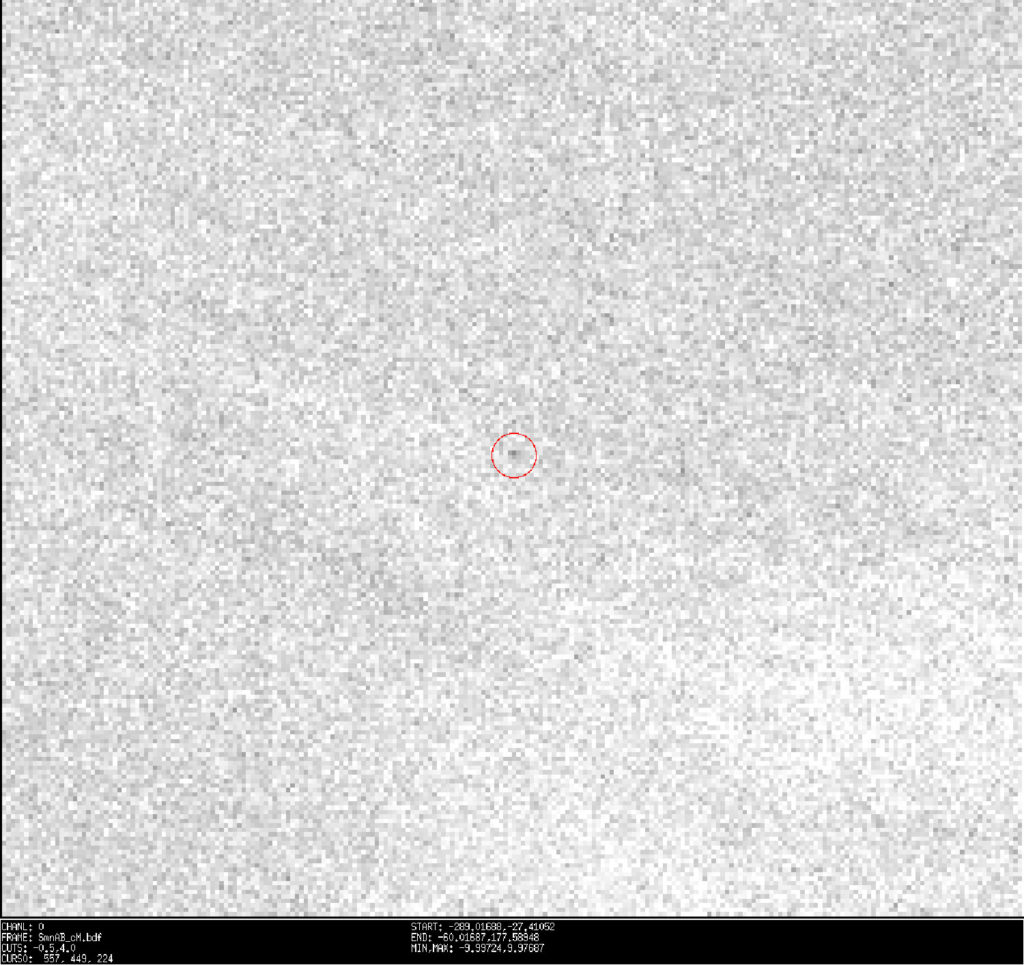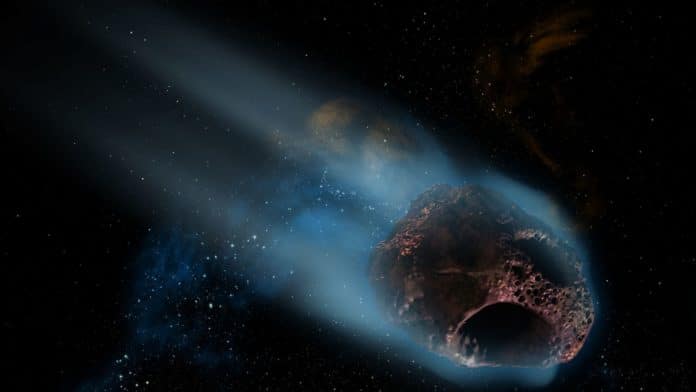An asteroid originally discovered on 28 August 2021 by the Mount Lemmon Observatory was in a collision course with Earth. However, the latest observations by ESA’s asteroid team, working with experts at the European Southern Observatory, denied the claim.
The 160-feet-wide (50 meters) asteroid named ‘2021 QM1’ has been officially removed from the risk list. The skilled observations and analysis made using one of the most sensitive telescopes in the world- ESO‘s VLT, suggests that the ‘2021 QM1’ is the faintest asteroid ever observed.
Richard Moss, ESA’s Head of Planetary Defence, said, “The early observations of the asteroid gave us more information about the asteroid’s path, which we then projected into the future. We could see its future paths around the Sun, and in 2052 it could come dangerously close to Earth. The more the asteroid was observed, the greater that risk became.”
The asteroid’s path carried it closer to the Sun as seen from Earth, and for months it became impossible to detect due to our star’s bright glare, just as the risk appeared to be growing.
Marco Micheli, Astronomer at ESA’s Near-Earth Object Coordination Centre (NEOCC), said, “We just had to wait. But to cap things off, we knew that 2021 QM1 was also moving away from Earth in its current orbit – meaning by the time it passed out of the Sun’s glare, it could be too faint to detect.”
Olivier Hainaut, Astronomer at ESO, said, “To make matters worse, it was passing through a region of the sky with the Milky Way just behind. Our small, faint, receding asteroid would have to be found against a backdrop of thousands of stars. These would be some of the trickiest asteroid observations we have ever made.”

Over 24 May, ESO’s VLT took a series of new images. After the arrival of data, astronomers began processing it, stacking subsequent observations on top of each other and removing the background stars: it took some time.
The result? Positive detection of the faintest asteroid ever observed. With a magnitude of 27 on the scale used by astronomers to describe the brightness of objects in the sky, 2021 QM1 was 250 million times fainter than the faintest stars visible to the naked eye from a dark spot.
Olivier was certain this small blur was, in fact, an asteroid, and Marco was certain that, given its location, it was our asteroid.
